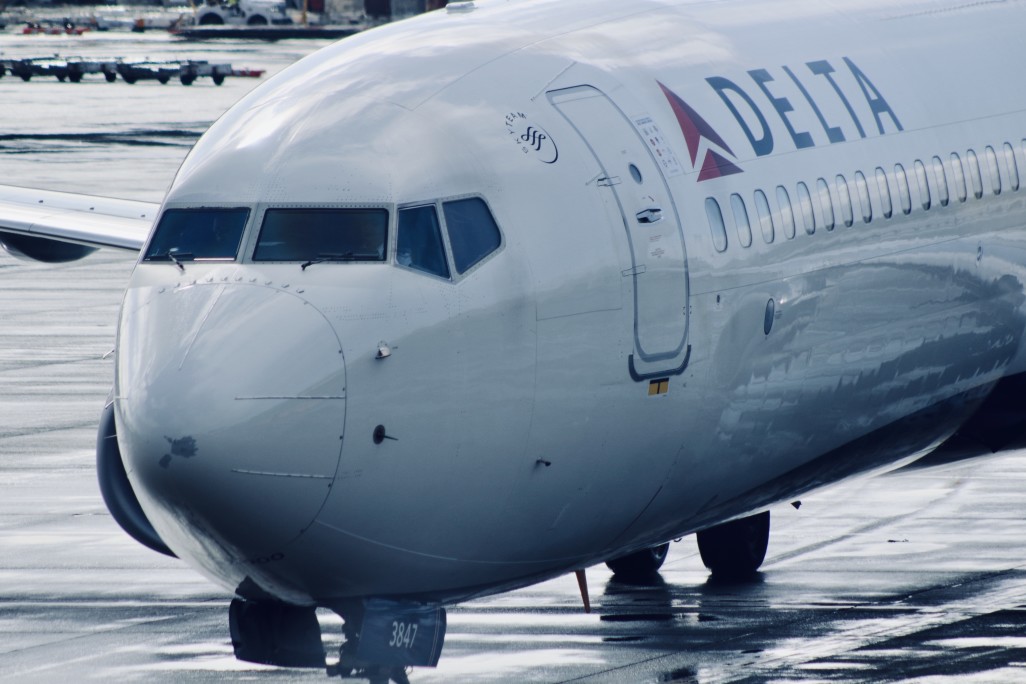Airlines are adapting to cope with the extreme heat in various regions of the United States and worldwide. To counter the effects of high temperatures on aircraft performance, airlines are implementing measures, such as reducing fuel loads, limiting passenger and baggage capacity and postponing flights.
Allegiant Airlines cautioned that it might delay flights if safety concerns arise, due to the adverse impact of high temperatures on engine performance and aircraft lift. A recent report from Bloomberg highlighted how passengers on a Delta Air Lines flight from Las Vegas to Atlanta voluntarily disembarked, due to weight issues caused by extreme heat affecting the aircraft.
In response to these challenges, Delta Air Lines introduced additional protocols to address the operational impacts of extreme heat on aircraft. These measures include carrying less fuel to manage weight and balance, and scheduling refueling stops along the route when necessary.
However, in some instances, passengers have suffered from heat discomfort. A Delta Air Lines aircraft from Las Vegas to Atlanta was stuck on the tarmac for four hours in 46-degree Fahrenheit temperatures without air conditioning. The U.S. Transportation Secretary Pete Buttigieg described the incident as “shocking.” The Department of Transportation is currently investigating the matter, and Delta Air Lines has apologized to affected customers and provided compensation.
American Airlines also has taken precautions to address the challenges of extreme heat. These measures involve equipping jet bridges with chilled air to cool the a planes and conducting early maintenance on auxiliary power units, which provide power when main engines are turned off.
Operations Restricted Above 49 Degrees
Some flight manuals highlight the severity of the issue, which restrict operations above 49 degrees Fahrenheit, due to concerns about aircraft performance. The aerospace industry warns that exceeding an aircraft’s maximum operating temperature could endanger passengers’ lives.
Extreme heat also poses challenges to rescue operations, as evidenced in Death Valley, where temperatures can reach 54 degrees Fahrenheit. Park rangers have warned hikers that rescue helicopters may not be able to operate during the day.
In recent years, extreme heat has caused flight cancellations in places, like Phoenix, where temperatures reached 48 degrees Fahrenheit, due to a heat dome over the southwestern United States. Safety calculations for some planes are not ready for temperatures above 49 degrees, leading to cancellations of certain flights.
Aviation experts predict that as temperatures rise, airlines will face more instances where flights must adhere to payload limitations or make en-route stops due to reduced fuel loads. Safety remains the top priority in these challenging conditions.





